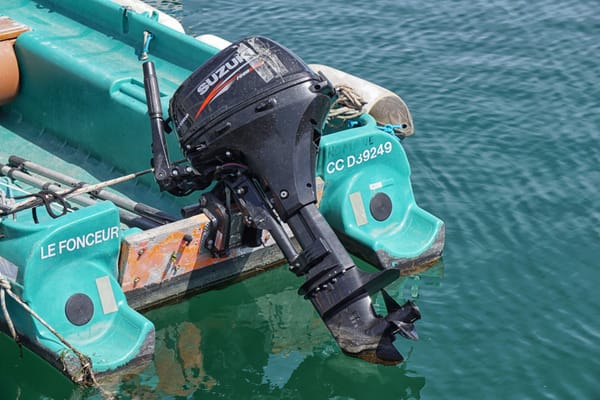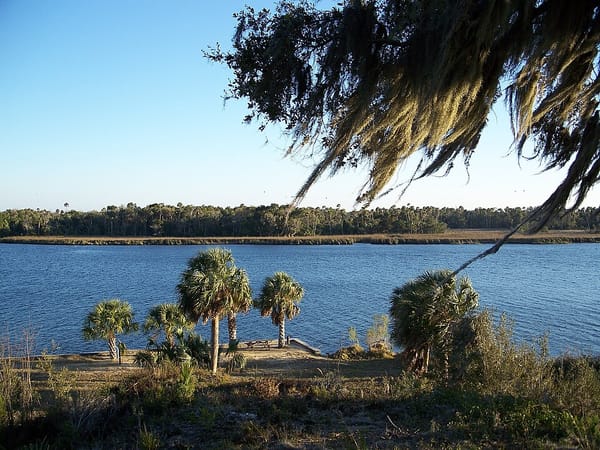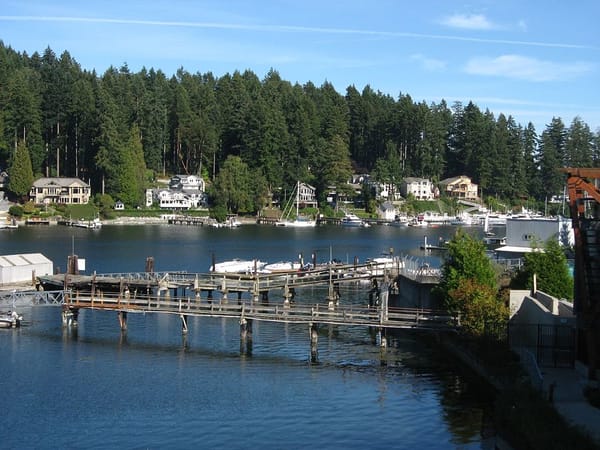Nautical Know-How: How to Properly Tow a Dinghy
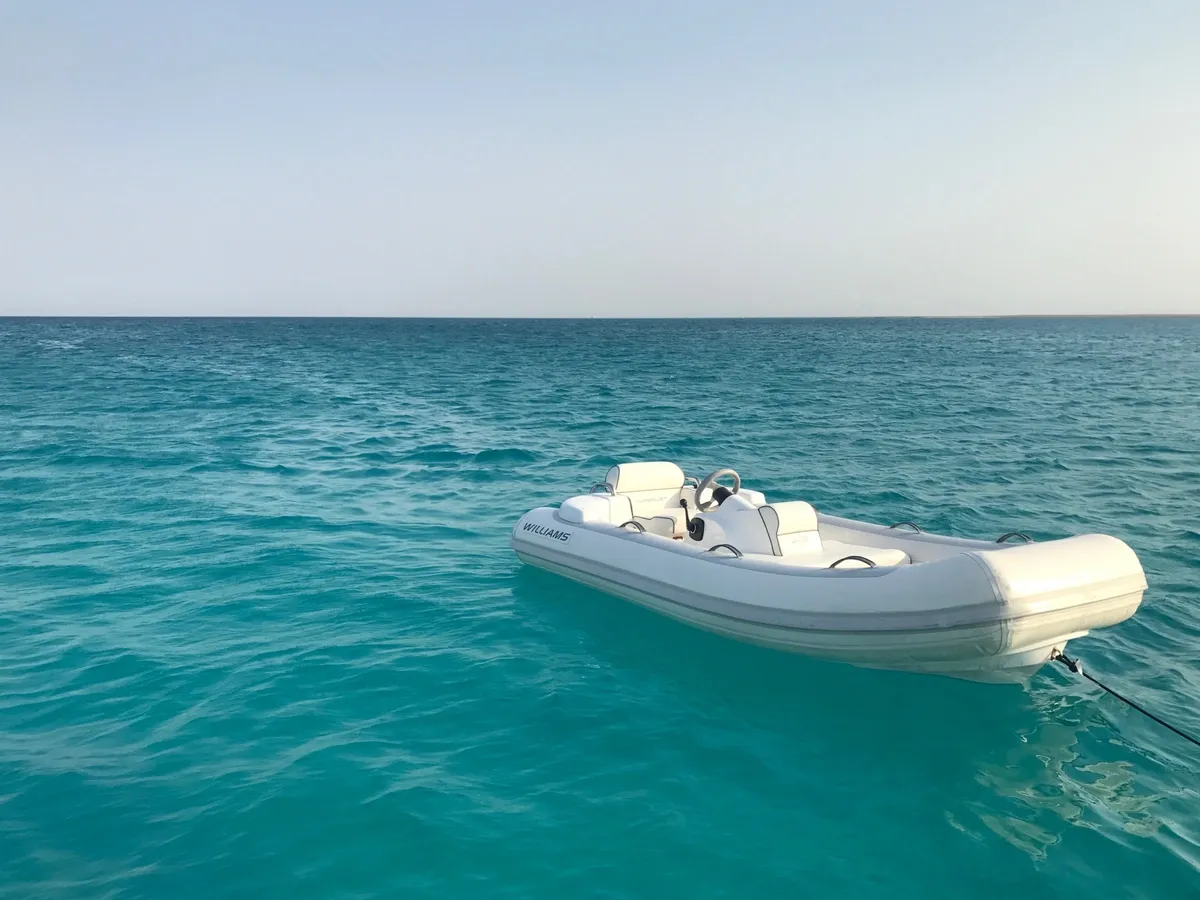
Improperly towing a dinghy, tender or rigid inflatable boat (RIB) can result in damage or reduced fuel consumption. Additionally, if the dinghy has an outboard engine, damage can occur to that (and nobody wants to purchase a new engine if they don’t have to).
You’ve probably seen dinghies and tenders towed with a single rope attached at the bow. While this isn’t a terrible setup, there’s a much safer and more reliable way to do it.

Photo: Yachting Media (Facebook)
Tying up with one line can be unstable and result in flipping the dinghy. Whether you’re towing a dinghy with a sailboat, cuddy cabin or luxury yacht, you’ll want to do it safely so that all vessels get back to the private boat dock rental, marina or boat ramp safe and sound (and not filled with water). If you can’t stow the dinghy on the swim platform, towing it is the next best choice.
Let’s discuss the proper way to tow a dinghy or tender.
Advantages of Towing a Dinghy Along with your Boat
- Ability to anchor out further from shore and use the dingy/tender to get to shore and into crowded areas or busy docks
- Take it into small coves for fishing (while leaving the boat anchored out)
- Explore areas where larger boats can’t go (excellent for the secluded coves and islands in the Florida Keys)
- Safety measure in the event of problems onboard the boat (such as fire or running aground)
- Transport passengers to shore or bring supplies back to the boat (very helpful on a Great Loop excursion)
A three-point bridle is the best and safest way to tow a dinghy. This system consists of a V-shaped line that combines two towing points. The two lines come from either side of the dinghy into one central point (a line coming from the bow of the dinghy). It’s like what you would use for towing water skiers or wakeboarders. This then gets attached to the tow line coming from the back of the boat.
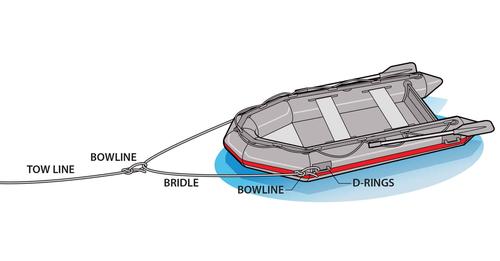
Photo: Boating Magazine (screenshot via Facebook)
This setup helps keep the vessel stable and centered and prevents it from veering (like the way a bridle works on a horse). You’ll need a tow line and a bow line.
Helpful Hints
- Tie the tow line low. Use a bow eye rather than a cleat on the dinghy.
- The bow line gets tied to the D-rings. Most inflatable dinghies and RIBs have two low D-rings on either side specifically designed for use with a bridle.
- A bridle goes on both the towing boat and the dinghy. It then connects to the towing line.
- Remember to remove the engine on the dingy or tender if there is one.
- Tow the dinghy approximately two waves behind the boat. The faster the boat is moving, the further the dinghy should be behind it.
Towing a dingy only reduces speed by about ½ to 1 knot, so you probably won’t notice a whole lot of difference. Even if you do, the convenience of having a dinghy along with you just might make up for it. Dinghies are easy to store as well. Simply deflate and store in a dock box at a private boat lift for rent or leave on the boat.
We hope this has helped with any questions you might have on how to properly tow a dinghy. The next time you leave a private boat slip rental, take one with you and let us know how it goes. Happy Boating!

